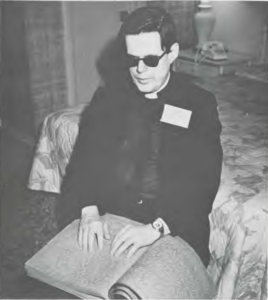As Robinson Jeffers prepared the content for The Double Axe and Other Poems (1948), he went a step further than he had in Be Angry At the Sun and Other Poems in forsaking the poetics of beauty and eternity for the politics of the present, even stooping to vulgar name-calling at times. Such petty preoccupation with human affairs was contrary to Jeffers’ mission and spirit, just as Muhammad’s alleged “satanic verses” violated the monotheistic spirit of his ministry.
Jeffers had excused this loss of focus in Be Angry At the Sun, by citing a mandate for the poet to speak his mind:
… it is right that a man’s views be expressed, though the poetry suffer for it. [1]
